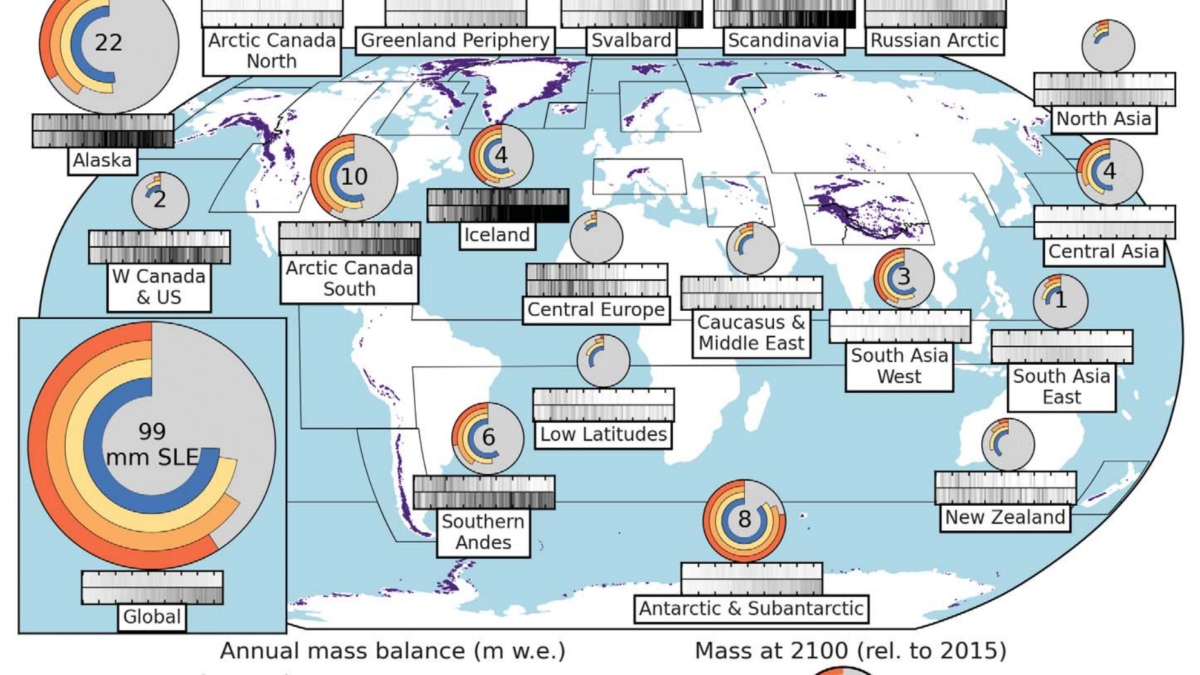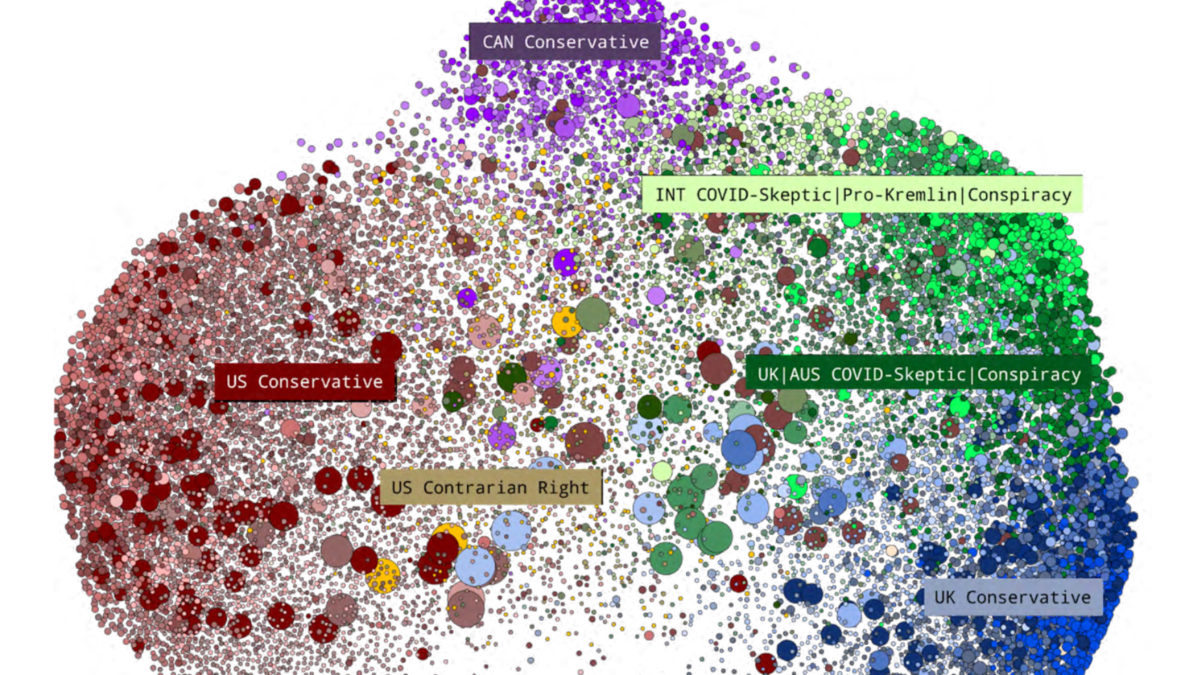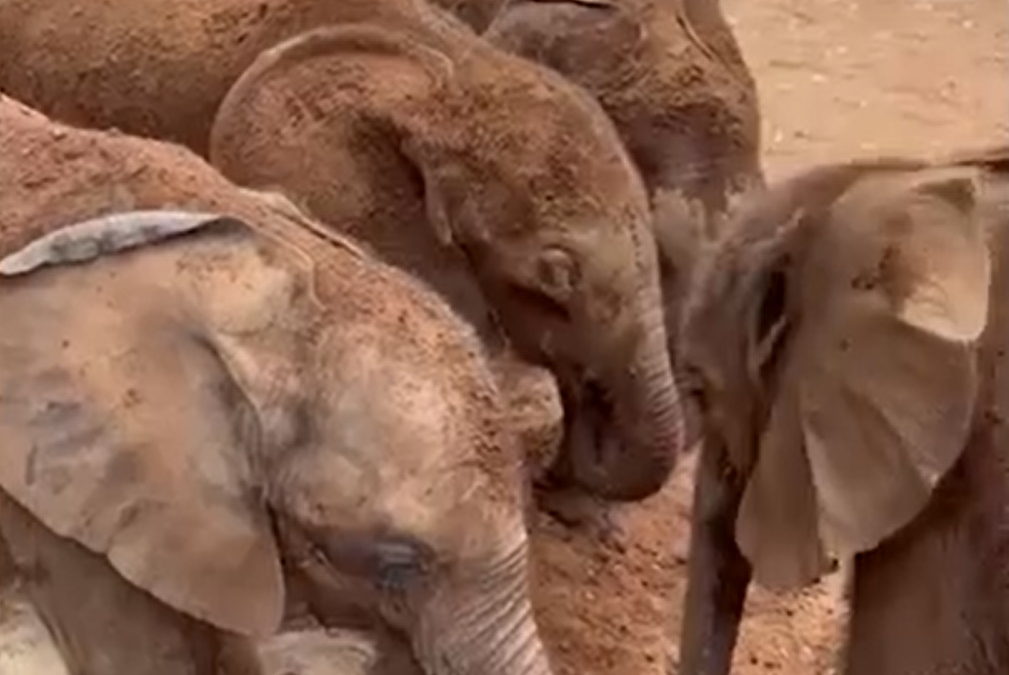UN Emergency Relief Coordinator says famine is at the door in Somalia – “The unprecedented failure of four consecutive rainy seasons, decades of conflict, mass displacement, severe economic issues are pushing many people to that brink”
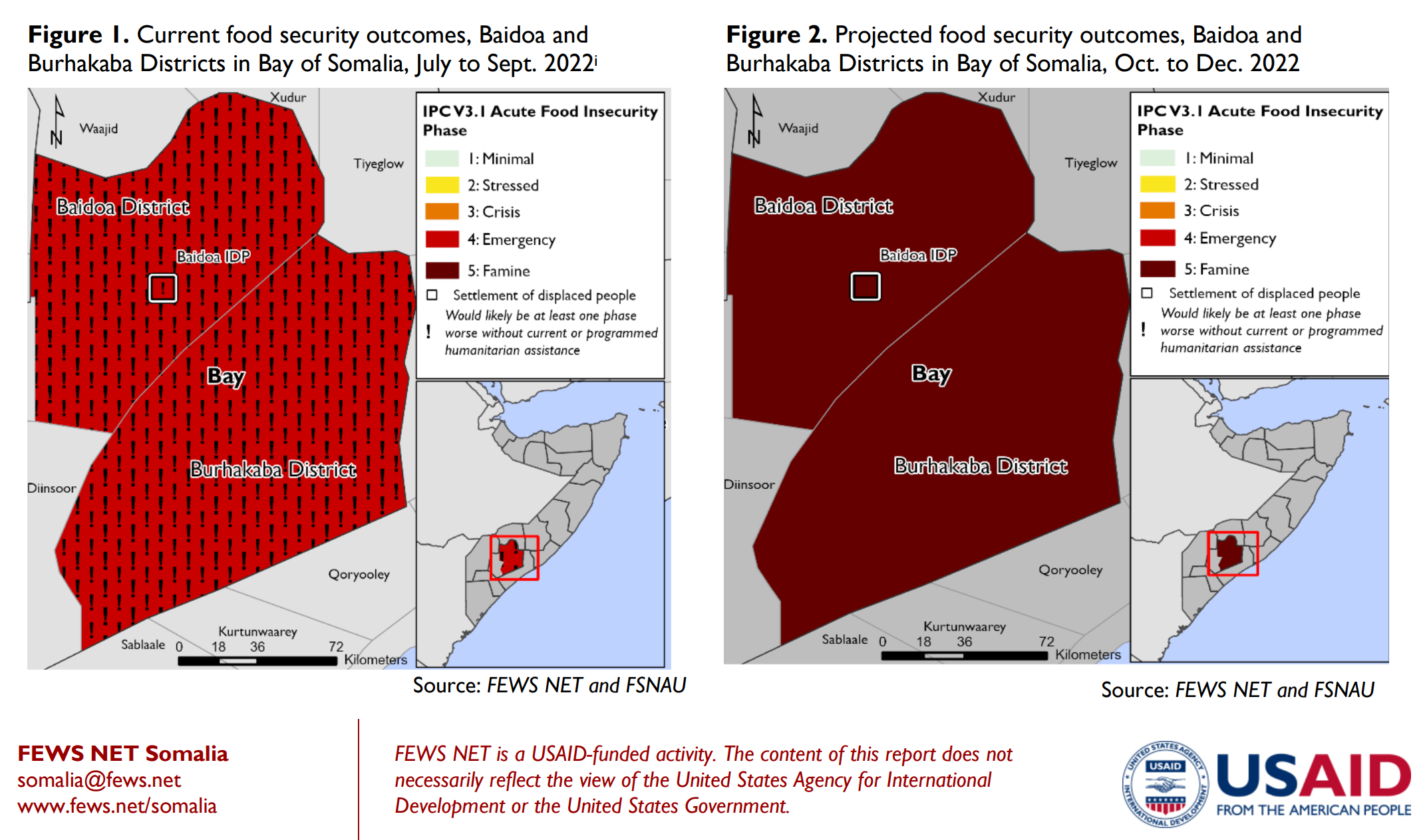
Mogadishu, 5 September 2022 (OCHA) – The Somalia Food Security and Nutrition analysis report shows concrete indications that famine will occur in Baidoa and Burhakaba districts in south-central Somalia between October and December.
Full remarks to the press by Under-Secretary-General for Humanitarian Affairs and Emergency Relief Coordinator Martin Griffiths
I have been shocked to my core these past few days by the level of pain and suffering we see so many Somalis enduring.
Famine is at the door, and today we are receiving a final warning.
The Somalia Food Security and Nutrition analysis report, being released today, shows concrete indications that famine will occur in two areas in the Bay region (Baidoa and Burhakaba districts) in South-Central Somalia between October and December of this year.
I repeat: This is a final warning to all of us. The situation and trends resemble those seen in 2010-2011, in that crisis. Except now they are worse. The unprecedented failure of four consecutive rainy seasons, decades of conflict, mass displacement, severe economic issues are pushing many people to that brink of famine. And these conditions are likely to last through to at least March 2023.
I am sad to say that I am not surprised by these findings.
I was in Baidoa on Saturday. It is the epicenter of the humanitarian crisis in Somalia. It is not the only place with needs, but it is one of them. In camps for the displaced people, we saw extreme hunger. In the hospital in Baidoa, we had the unenviable privilege of seeing children so malnourished that they could barely speak. Access to basic services there is limited. And this is in Baidoa. Families – whether they have been in the camp for days or for years – most of them told us they have no hope of returning home and some of them have been in one of those sites for eight to nine years.
A similar tragedy is unfolding in Banadir, not far from here in Mogadishu. I visited the local hospital with the exceptional medical staff, both Government and non-Government, and these medical teams are struggling to keep up with the rush of emaciated children who seek treatment. And they are the lucky ones, the ones who make it there. One of the doctors told me that they’re seeing an increase of 40-50 per cent more children than they did just a few weeks ago. None of the children that I saw at the stabilization centre in Banadir hospital could smile. Very few could cry. And as we discovered when we left, we had the good fortune to hear a child cry, and we were told that when a child cries, there is a chance of survival. Children who don’t cry are the ones we need to worry about. And this child, crying anxiously in front of us – the mother smiled.
One and a half million children across Somalia will face acute malnutrition by October if we remain on the current course.

Of course, the humanitarian community’s Somali organizations, Somali communities, have been responding to what we hear today and what we have been seeing in these months. Doing the best they can with the resources they have. I want to thank [for] the generosity of many Governments and donors who provided support. People have been responding. They know who they are, and we are grateful to them for their solidarity with the people of Somalia. Of course, this helps save lives. Those children in the hospitals, we hope their lives will be saved.
Saving lives is not enough.
The drought, the worst in four decades, is forecast to continue. This is, in those often-used words, and no more true than here, a humanitarian catastrophe. We know that the needs will grow. The message that we are hearing from this report and that we are seeing in this country and that we are witnessing in the hospitals and the sites of displacement – and it is no doubt worse in the places of origin of those displaced – this message is urgent.
First of all, for humanitarian organizations that I have the privilege to work with, we must have immediate and safe access to all people in need, not only those who take the terrible decision to walk from their homes, villages and communities to reach places of care, but to all people in need. We need that access, and it needs to be safe.
Second, I referred to the generosity of donors, and they will not be surprised to know that we still ask for more. We need more funding, particularly for Somali organizations. Because it is Somali organizations, as is the case in many countries, who are the frontline responders, the first responders, who take the risk, who do the deliveries, with the support of many other brave and important humanitarian agencies. So we need more funding.
We must invest – despite the urgent requirement for lifesaving assistance for the people that we see today, and we will see more of tomorrow – and talk about and investigate and acquire support for sustainable solutions so that we don’t find ourselves, yet again [in the same situation] – this is the third time in the last ten years, and maybe the worst time if we are unlucky. This means taking health services to where people are, back to those hard-to-reach areas. It means better water and sanitation structure. Better primary healthcare. The doctor in Banadir hospital told us yesterday that primary healthcare which is the way in which we prevent disease and save lives, is rare in the periphery and we need to put resources behind it.
And we need to look for sources of new income for all those people who very straightforwardly tell us that their way of life is imperiled because if we see another season fail, as we fear for later in this year, and even early next year, their way of life which has been so for generations of pastoralism, depending on livestock, is at existential risk.
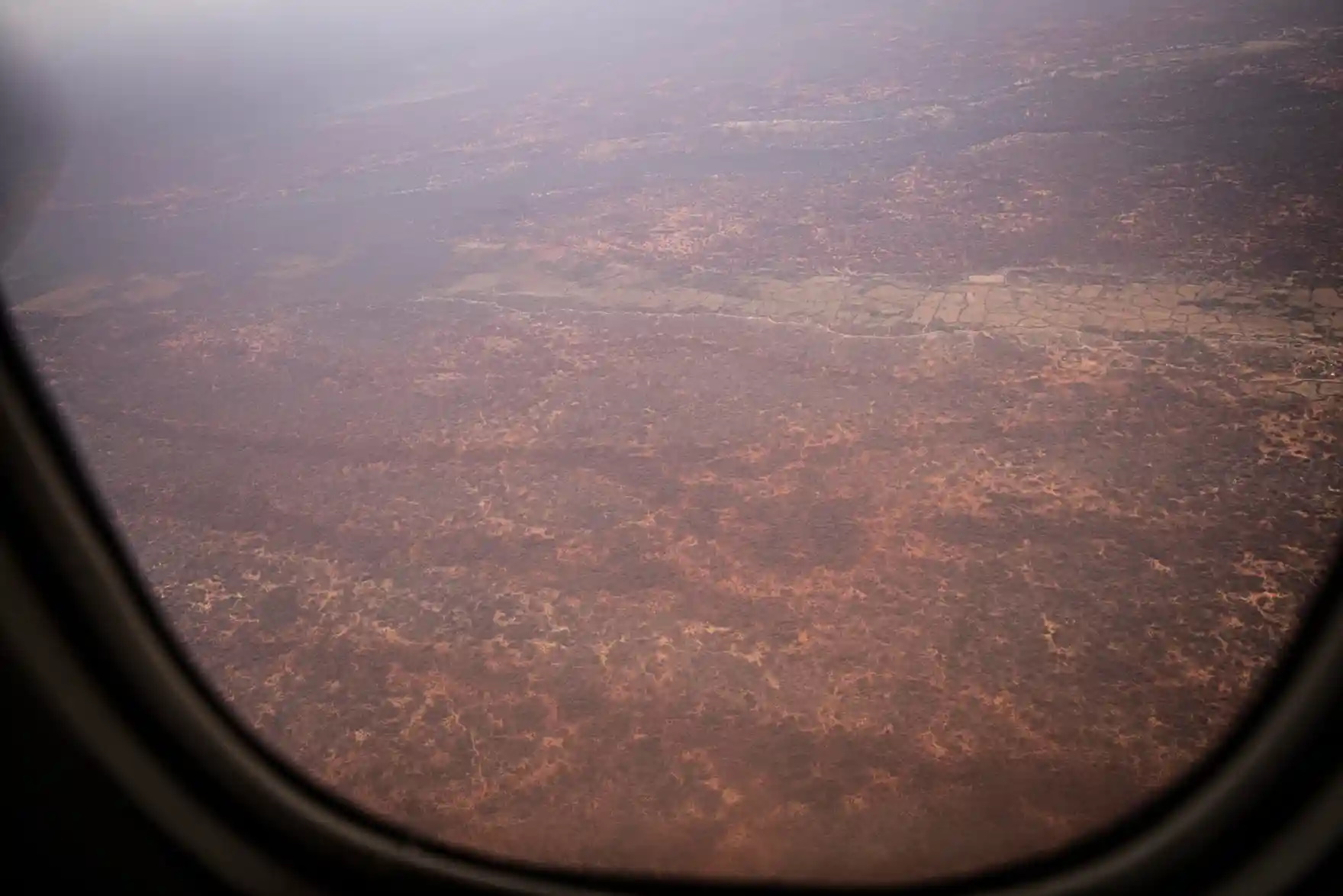
When I was in the IDP site in Baidoa, many of those present – some of them had been there for many years – were reaching out saying please help us find new skills, please invest in our future so that we can ourselves drive our future for the benefit of our families.
But at the moment today, we are in the last minute of the eleventh hour to save lives. The clock is running, and it will soon run out.
But panic doesn’t help those who need and deserve our help. It is not a strategy. Providing more humanitarian assistance is. Somalia knows, tragically, about famine, Somalis know about crises of hunger. And in 2016 and 2017, the people of Somalia and their Government, helped by humanitarian agencies, held back and prevented a famine and we must hope that we will see this again now.
This warning is to help stop that happening.
We have a chance, but we have very little time. And I return to that picture, which will stay with me, of the doctor telling me yesterday about the child that cried, and she said, well, that is good news, that is a good sign: if a child cries, we can save the lives of those children who come to our hospital.
Thank you very much.
